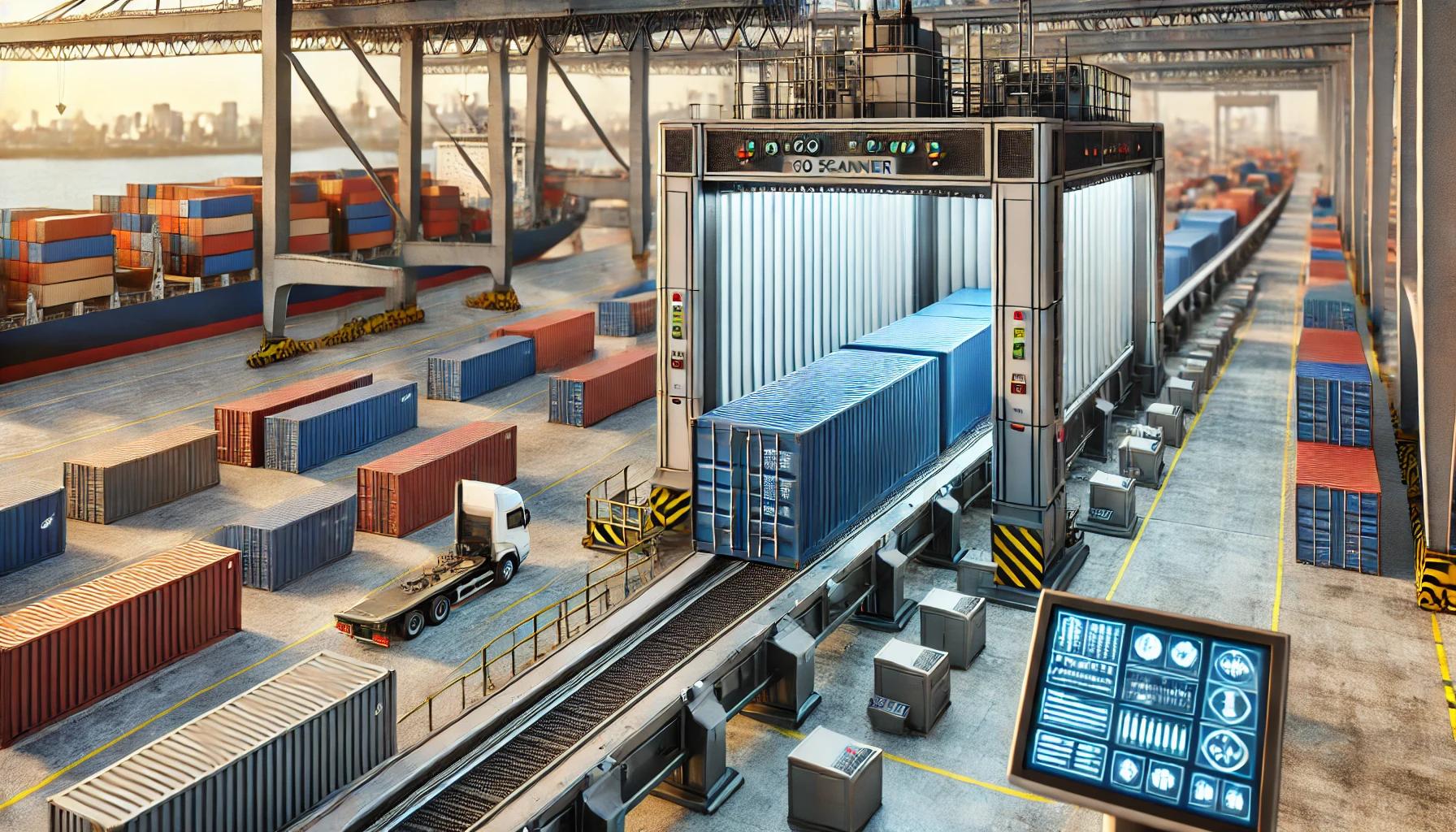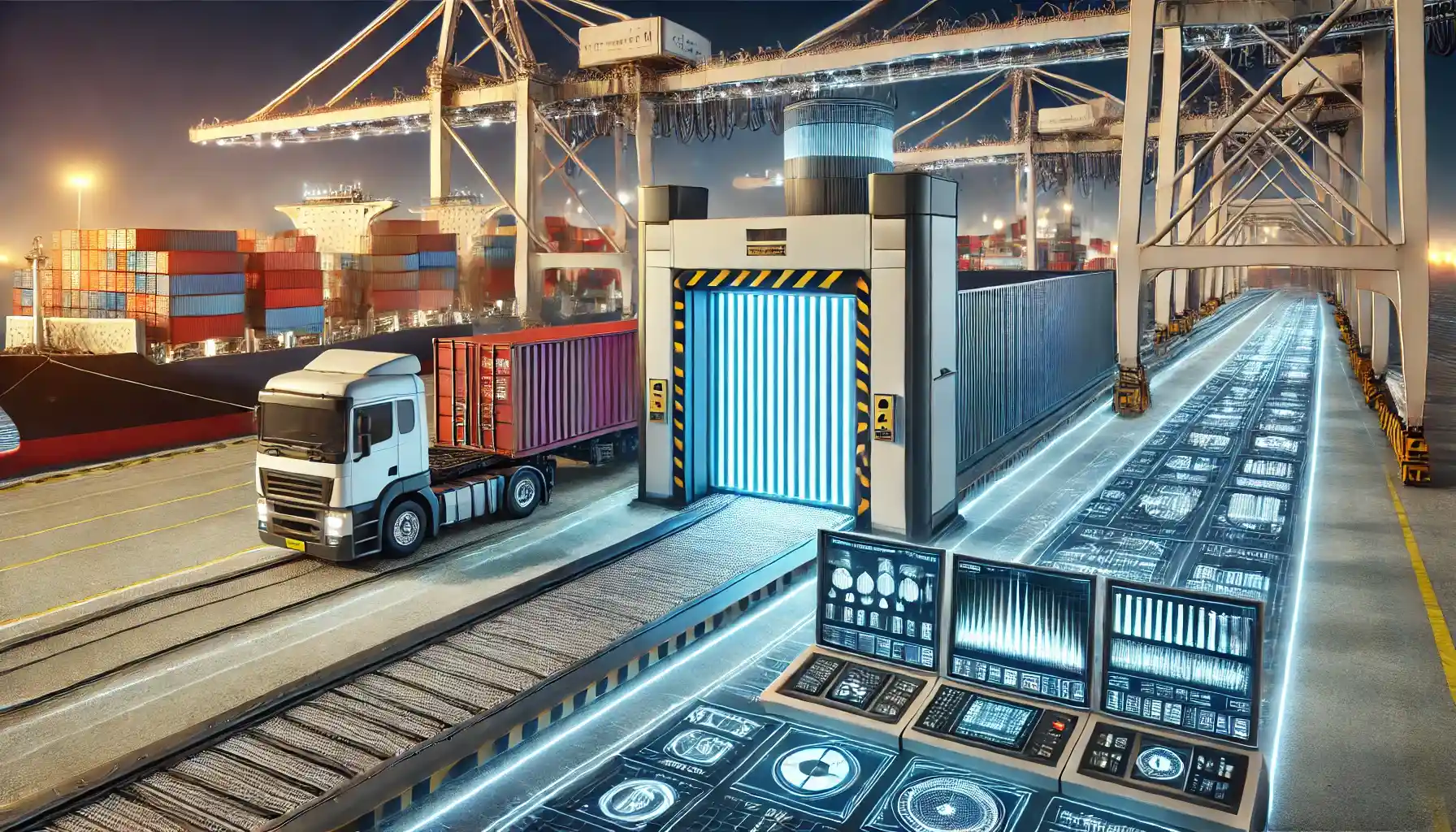


X Ray Container: An Effective Solution to Prevent Smuggling

In the world of logistics and security, container X Ray inspection technology has become an essential innovation. By using X Ray technology, security personnel can detect threats such as weapons, drugs, and other illegal goods without having to open containers directly. Moreover, this technology also helps improve efficiency within the global logistics system, particularly in ports and airports.
What is Container X Ray?
Container X Ray is a non-invasive inspection technology that uses X Rays to identify items within cargo containers. This method enables inspection of container contents without breaking the seal, making it faster and more efficient compared to manual inspection methods.
How Does This Technology Work?
During the X Ray inspection process, the container passes through a scanner that emits X Rays. The X Rays penetrate the container walls and create an image of the contents inside. This image is then analyzed by a computer system to detect suspicious objects or anomalies. In general, this technology uses two scanning methods:
- Dual-energy X Ray: This method differentiates between organic and inorganic materials.
- High-energy X Ray: Highly effective for penetrating large solid objects, such as shipping containers.
Benefits of Container X Ray
The use of X Ray technology on containers offers various advantages, including:
- Improved Security: Detecting potential threats and illegal items before containers cross borders or enter new territories.
- Operational Efficiency: Enhancing inspection efficiency to reduce wait times at ports or cargo terminals.
- Non-Invasive Inspection: Minimizing the risk of cargo damage by avoiding the need to unpack containers.
According to a study by the International Maritime Organization (IMO), the application of container X Ray technology can accelerate the inspection process by up to 80% compared to traditional methods. Developed countries such as the United States, Japan, and several European countries have already adopted container X Ray technology at major ports. Meanwhile, in Indonesia, this technology is still being developed in several major ports, including Tanjung Priok Port.
It is expected that implementing this technology will support government efforts to reduce smuggling and strengthen the national security system. For example, a case study at the Port of Long Beach in the United States showed that using X Rays on containers significantly reduced the amount of illegal goods entering the country.
Implementation of Container X Ray Technology in Indonesia
In Indonesia, the application of container X Ray technology has primarily been implemented at major ports to enhance national security and expedite the cargo inspection process. Some major ports in Indonesia that have adopted this technology include:
Tanjung Priok Port, Jakarta
At Tanjung Priok, X Ray machines are used to inspect imported and exported goods. This helps reduce dwelling time at the port, increase efficiency, and support smooth cargo flow. According to the Directorate General of Customs and Excise (DJBC), the use of X Ray technology at Tanjung Priok can accelerate the inspection process by up to 80% compared to conventional methods, while reducing the potential for smuggling of dangerous and illegal goods.Belawan Port, Medan
At Belawan Port, X Ray technology has been integrated into the container inspection system as part of government efforts to tighten security in North Sumatra, a strategic point for international trade. This technology is applied to both imported and exported containers to identify threats such as narcotics and illegal weapons. In several cases, DJBC successfully thwarted smuggling attempts by detecting suspicious items through X Ray scans at Belawan.Tanjung Perak Port, Surabaya
Tanjung Perak Port also uses X Ray machines for container inspection, considering the high volume of trade at this port serving eastern Indonesia. With this technology, DJBC can quickly scan container contents, thereby enhancing port productivity while safeguarding the eastern border of Indonesia.
With the application of this technology, major ports in Indonesia are now better prepared to address security challenges while maintaining operational efficiency.
TikTok Together with Fact Checking Partners to Fight Misinformation in the 2024 Election
TikTok Indonesia collaborates with Mafindo, Tulisem and AFP Indonesia to fight the spread of misinformation ahead of the 2024 Election
Read MoreSpotify Agrees with Google for Commission-Free PlayStore
Spotify and Google reach a deal: Play Store fee exemption & four percent commission.
Read MoreGarena Will Release Black Clover in Indonesian
Garena to release "Black Clover M: Rise of The Wizard King" with eight subtitles.
Read MoreCopyright © 2023 Visi Global Teknologi. All rights reserved.


